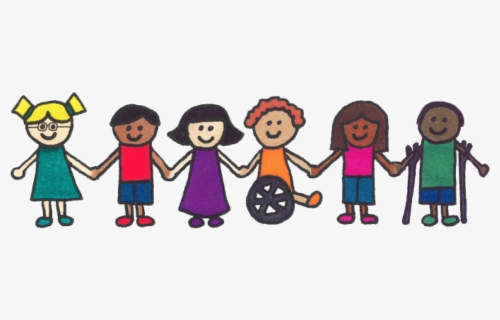Supporting Diverse Learners
“It would be nice if you would leave, Albert. Your behaviour at school, so distracted and absent minded, and your poor interest in all I teach set a bad example for the whole class.” Teacher’s comment to young Albert Einstein, from Albert Einstein by Ibi Lepscky. |
What are your thoughts when reading that comment? Have you ever wondered why students do not pay attention and engage in classroom? Do they have intellectual issues because they cannot remember what you taught?
Barriers for diverse learners to engagement, attention, memory
Every classroom setting includes a range of diverse learners. When you enter a class, students show visible axes of differences, such as language, physical abilities, appearance, or gender. There are also other diversities in previous knowledge, cultural and social background, health including mental health issues, or learning skills and abilities. All the differences contribute to the varied level of engagement, attention, and memory of students in classroom, which might affect their learning.
Children from linguistic and culturally diverse background may find it hard to engage in the tasks.
As discussed, emotions affect attention and memory. Children are less likely to pay attention and engage with learning if they are surrounded by anxiety, negativity, and distractions, either home or school environment. They might have social-emotional challenges due to differences. Therefore, this is something critical for teachers to consider when teaching.
With children who have learning difficulties such as dyslexia, dyscalculia, dysgraphia, autism, or ADHD, learning new concept might me so much slower, harder or even impossible compared to others with the same teaching strategies. These learning disorders in general relate to the specific problems in processing information. Therefore, it definitely plays huge impacts on memory, and their motivation and engagement in classroom follow. In addition, people who having attention problems cannot control it. They need understand and support.
On the other hand, teachers’ impact on students’ learning is greater than any other factors according to Hattie (2018). Hence, teachers should understand their impact to be more critical in choosing the teaching methods work best for their students.
Support engagement of diverse learners to enhance memory and attention
- Embrace the differences
Diversity is a great resource for teaching, as rich knowledge and experiences can be embraced to be students’ strengths. Draw the teaching experience on those strength also enhances students’ engagement and so does their learning journey.
Findings from research also indicate that having low expectations or labelling students according to the ability place negative impacts on learning (Hattie, 2018)
“All students can learn”
- Inclusive environment
Teachers should provide engaging and rigorous learning experiences for all students to participate. The environment should support accessible for all students, enable them to explore and build on their knowledge, strengths, and abilities to achieve learning outcomes (differentiate learning and teaching strategies).
For students with disability and additional learning needs, reasonable adjustments should be made where required (NCCD)
- Universal Design for Learning (UDL)
Using UDL principles to plan for learning and teaching is one of the most effective strategies to cater the needs for ALL students.
- Communication
ECOLOGICAL MODEL (adapted from Bronfenbrenner 1979) (DET & VCAA, 2016)
It is also important for teacher to communicate with students, colleagues, families and the wider community including seeking for support from local family, the cultural group communities and specialist professionals. By doing that, teachers can get knowledge and resources for teaching, feedback for reflection, and extra support for those who need.
References
ABS. (2019). Survey of Disability, Ageing and Carers: Summary of Findings.
Department of Education and Training, & Victorian Curriculum and Assessment Authority. (2016). Victorian early years learning and development framework: For all children from birth to eight years.
https://www.education.vic.gov.au/Documents/childhood/providers/ edcare/veyldframework.pdf
Hattie, J. (2018). 250 influences student achievement. www.visiblelearningplus.com/content/250-influences-student-achievement





Comments
Post a Comment